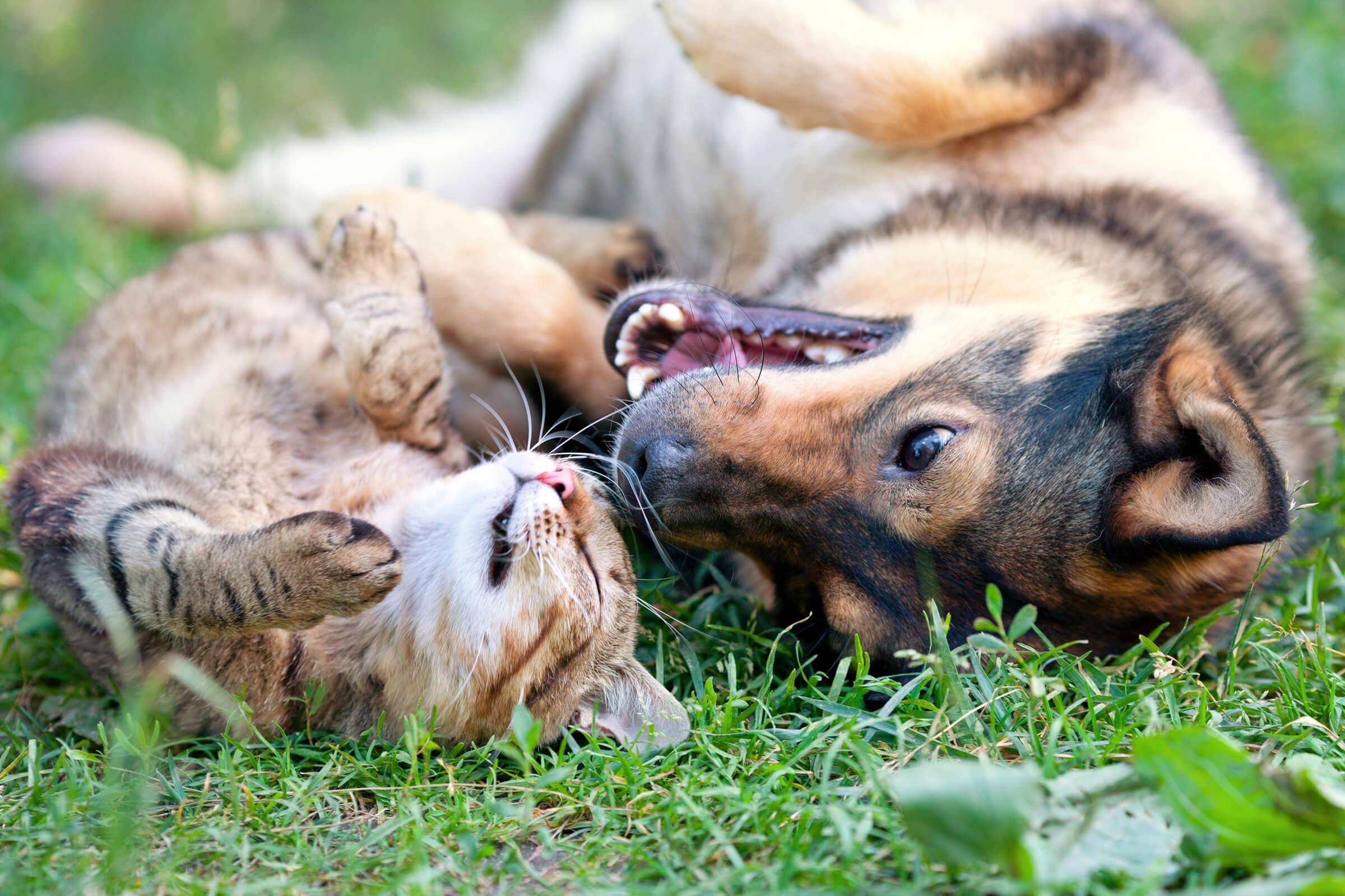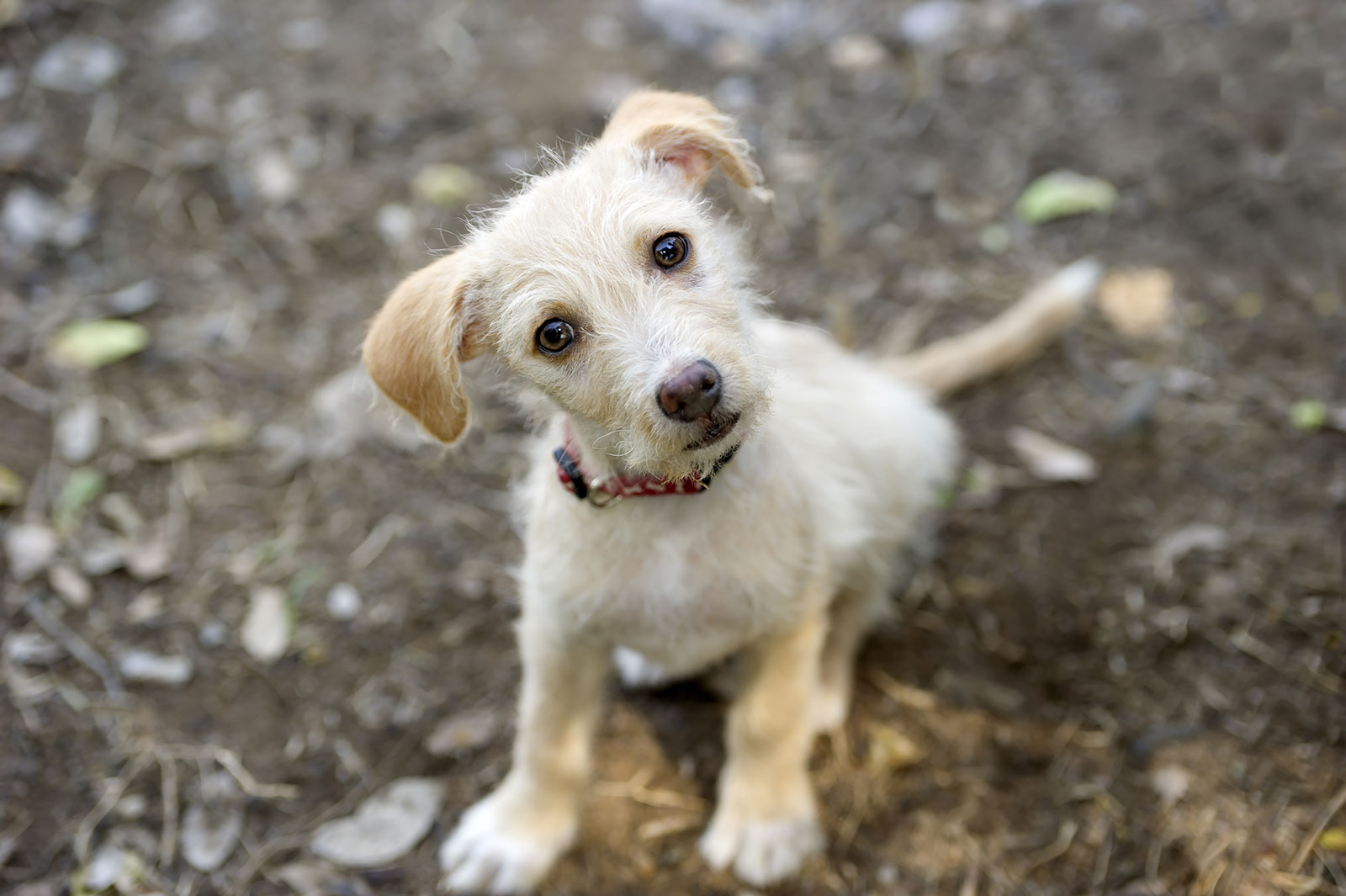
 Menu
Menu
Medial Coronoid Disease

What is Medial Coronoid Disease?
The coronoid process is a prominence at the front of the ulna which articulates with the humerus and radius. It has an outside, lateral, part and an inside, medial part. The medial part of the coronoid process or ‘medial coronoid process’ for short can become diseased.
There are many forms of the disease which vary from wearing of the cartilage to small cracks developing to fragments of bone breaking away (fragmented coronoid process). The underlying cause of the disease is unclear but two theories are currently considered most likely. One theory is that the radius and ulna do not share weight distribution properly and the medial coronoid area of the ulna takes increased load, causing it to develop small cracks or micro-fractures. The other theory is that there is laxity in the joint, causing the radius to impinge on the medial coronoid again causing micro-fractures.
Treatment options
It is important to understand that this condition can never be cured but we aim to provide management options to control the clinical signs.
Non-surgical / Conservative care
This is often the first line of treatment prescribed by many vets and the outcome can be favourable in some cases. This management plan includes body weight control, exercise control and standardisation, physical therapy, anti-inflammatory pain killers and dietary supplements. This will often control the lameness but if the improvement is not long lived then alternative treatment may need to be sought.
Surgical
-
- Arthroscopy (key-hole surgery)
This treatment involves placing a narrow gauge camera into the joint through a small stab incision. The joint is first assessed and the pathology identified and then any abnormal tissue can be removed or debrided (scraped away). This is a well-tolerated procedure with many dogs able to walk soon after the procedure even if both legs are managed during the same procedure.
-
-
- Osteotomies
-
Osteotomies are where the bone is cut and realigned to alter the loading through the elbow joint. This treatment is in the relatively early stages of development and there is little long term data available. The humerus (Sliding Humeral Osteotomy – SHO) and ulna (Proximal Abducting ULna Osteotomy – PAUL) can be cut, the bone realigned and held in place with a bone plate and screws. Given the limited data available on outcome, these procedures would be considered if other less invasive procedures have proved unsuccessful.
Stay in touch
Follow us on social media and keep up to date with all the latest news from the Grove clinic.

